You may imagine boudoir portraits mean lingerie or nudity (whether actual or implied). While lingerie boudoir portraits and nude portraits are both very popular options for boudoir portraits (learn more about both options here and here), they’re not the only options for your boudoir session. You can also incorporate boudoir fabric drapery into your session. Boudoir portraits featuring draped fabric are one of the most popular styling options in my studio. Let me tell you why –
Another elegant and versatile option for your boudoir portrait is draped fabric.
What is a boudoir fabric portrait?
Strictly speaking, it’s more of a styling option than a style of portrait. Artists have depicted the human form covered (or uncovered) strategically by draped fabric for centuries. This iconic styling is as much about adding drama, color and texture to boudoir images as it is about covering up.

As you can see, there’s quite a bit of variety in how a simple piece of fabric can be used to cover up, emphasize, or simply add color, texture, and drama to a portrait.
Why does fabric drape work so well for boudoir portraits?
It’s classic. Artists have depicted the human form covered (or uncovered) strategically by draped fabric for centuries. This iconic styling is as much about adding drama, color, and texture to boudoir images as it is about covering up.
Think about statues that you’ve seen. The way a master sculpture renders fabric adds a sense of softness and movement to the marble. We do the same thing with fabrics during boudoir portrait sessions. Notice how the fabric is positioned in this image and how the highlight and shadows add beauty, depth, and interest.
We can also use the fabric to help guide the viewer’s eye around the art. This works for us in a couple of different ways. We may use the lines of draped fabric to keep the eye moving around the pieces, encouraging them to see different parts of the image in different ways. It’s also not uncommon for people to tell us that they are really fond of a particular part of their body or that their significant other may be very partial to a part of the body. We can use the fabric to guide the eye to those specific parts of the body.
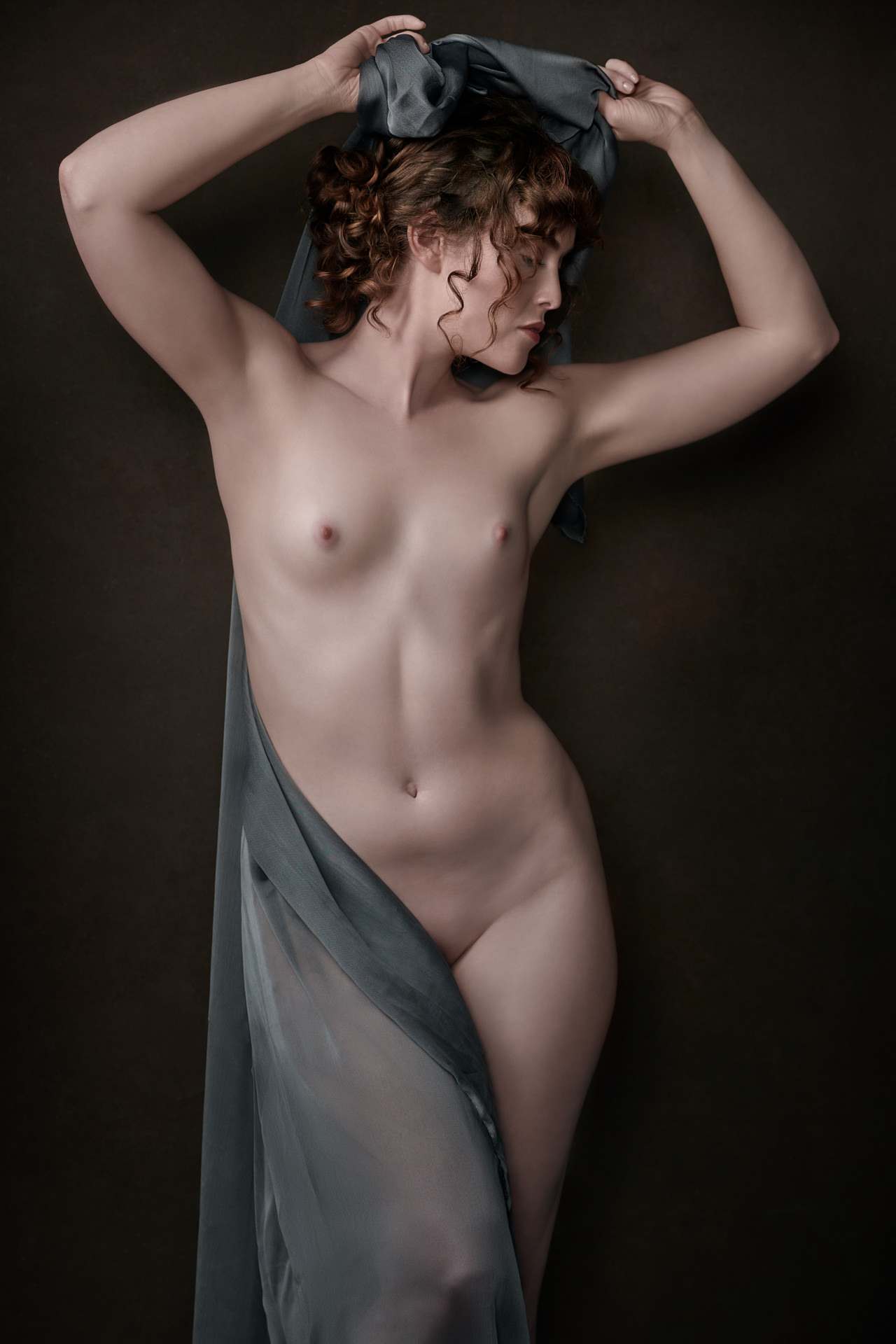
What kind of fabric do you use?
Any fabric will work, as long as it falls into soft folds when draped. The best fabrics are soft and flexible – think ethereal chiffon, lustrous satin or flowing charmeuse. But heavier fabrics are also great choices – silk taffeta or velvet add elegant drama and richness.
Do I have to be nude to have drapery as part of my session?

While most sessions that incorporate fabric drapery include at least some nudity or uncovered areas, it’s by no means a requirement. Drapery can be done over undergarments, which can be concealed by the fabric and posing. It can also be done over lingerie or other garments that are intended to be seen.
It’s a very flexible style and there’s no single way to include boudoir fabric drapes in your portraits. Draped fabric can also be incorporated into a bodyscaping or classic nude session.
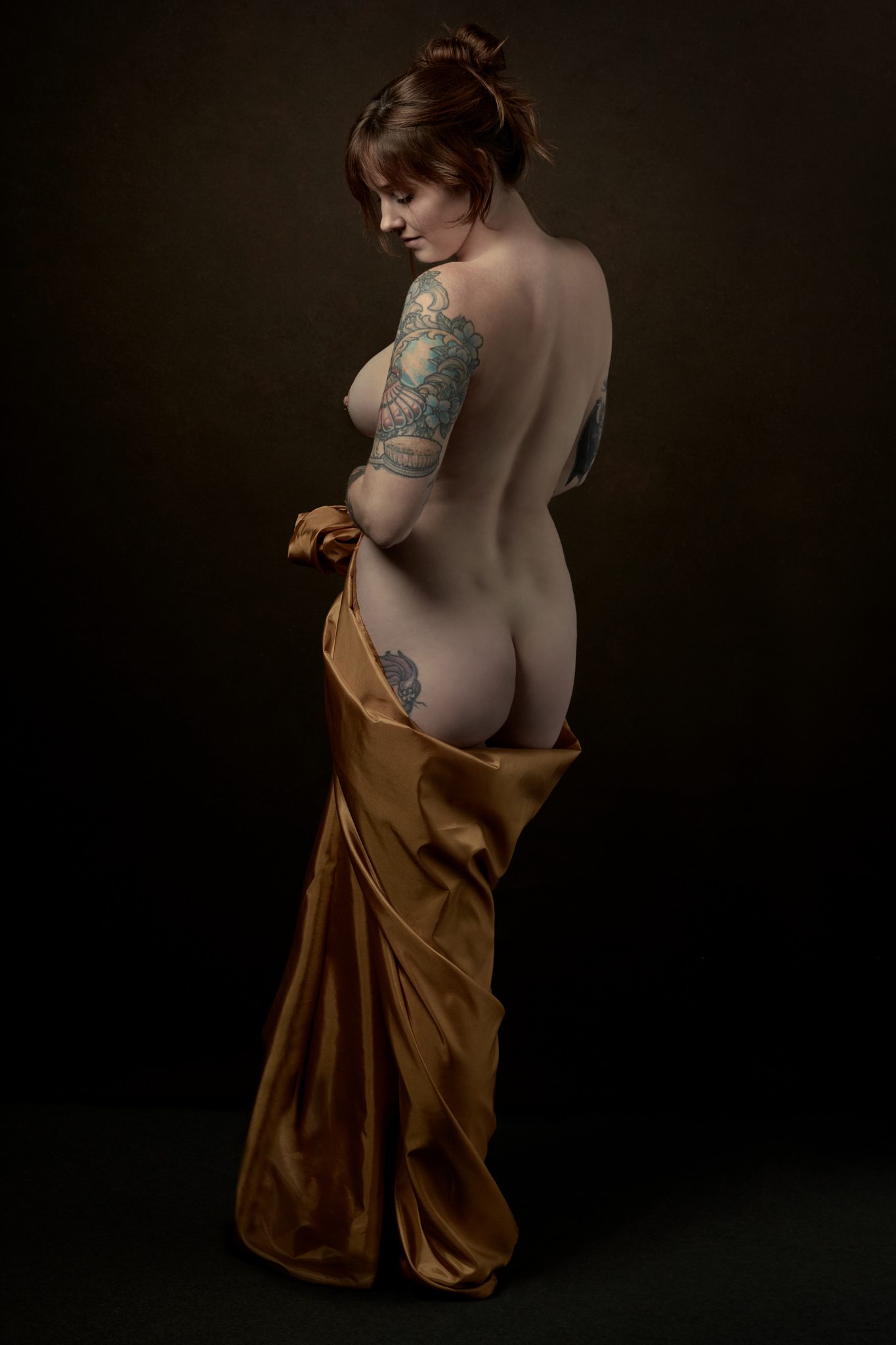
What about the ‘wet drapery look’ I’ve seen in Ben’s portfolio?
The wet drapery look goes all the way back to ancient Greece, where it was represented with mind-boggling finesse in carved marble.
It’s inspired artists ever since and it’s easy to see why. The thin silk is dampened, which causes it to cling to the form, becoming transparent in some places. The effect is dramatic and eye-catching, as you can see below. If you’d like to include wet drapery as part of your session, full or partial nudity will be necessary under the fabric.
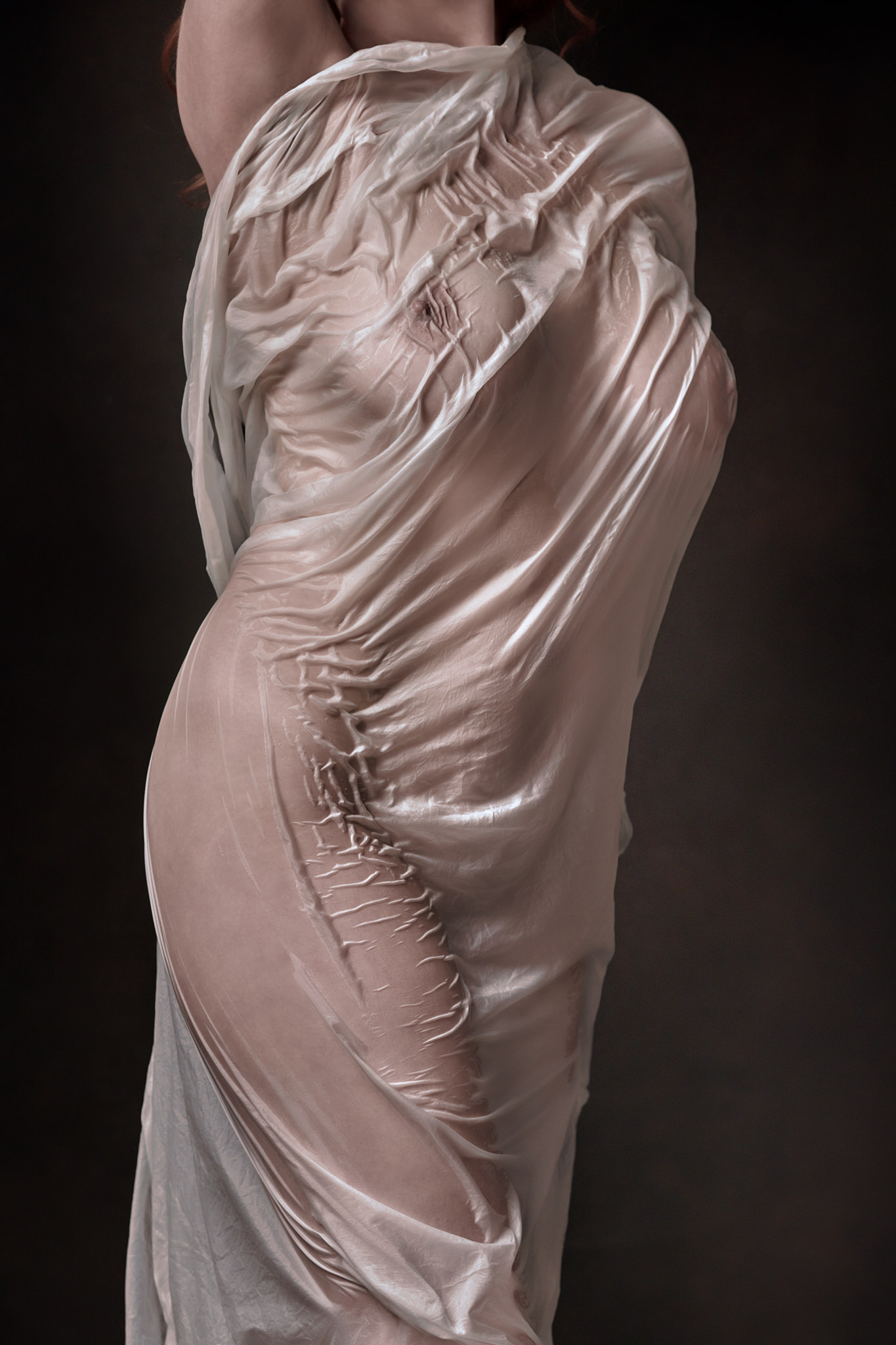
That sounds really cool but I don’t know how to drape myself with fabric
No need to! As part of your session, Ben and the team will be there to help and guide. They’ll make sure the fabric is the right size, texture and color and that it’s positioned correctly.
What can I do with my boudoir fabric images?
Like other portrait images from your session, how you choose to enjoy your nude images is up to you. You can have them collected in an album or book, on their own or with other images from your session.
You can also frame them and hang them, either as a large statement piece or within a grouping of smaller images
And, of course, if you’d like, you can always share your images digitally. You can ask for a ‘social media’ edit. That just means any body part not allowed to be shown on the platform will be lightly and tastefully obscured to ensure the overall image will pass inspection.

Can I do boudoir fabric draped photos as part of my boudoir session?
Absolutely! We can do multiple looks during your boudoir portrait session. You may choose to do a classic fabric draped set, lingerie, robes, nude and bodyscaping, or any combination during your session. As we plan your session we can talk through all of the options you’d like to do, including what you’ll wear for each and what your comfort level is
But don’t worry – if the mood strikes during your boudoir portrait sitting, you can always add other boudoir portrait styles!
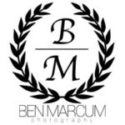
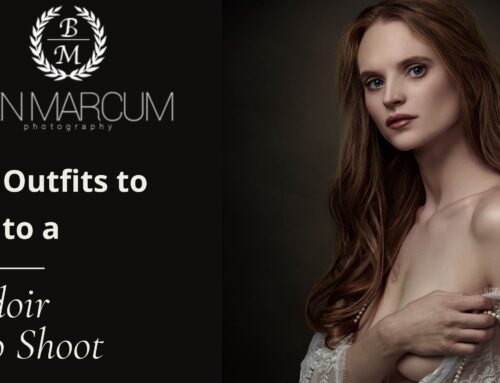
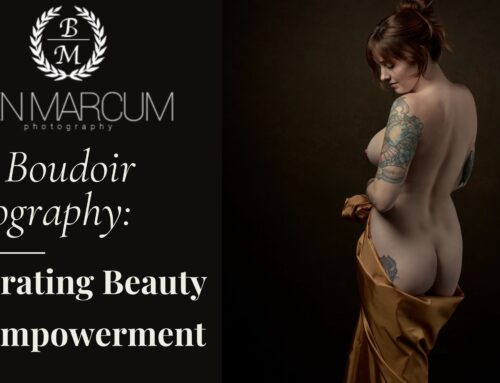
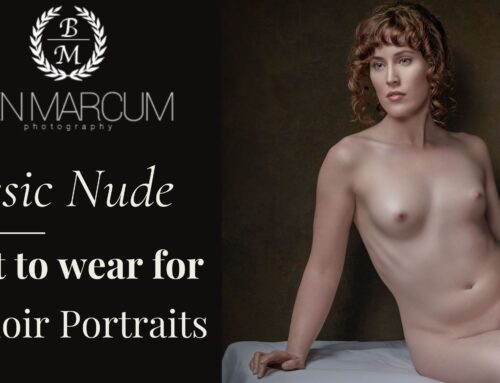

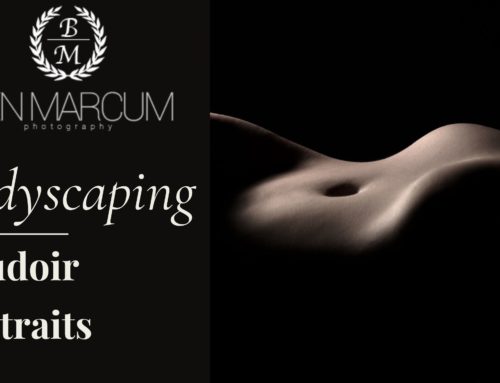
[…] Previous […]
[…] typically involves taking intimate photographs of individuals, in various styles such as lingerie, fabric drape or robes, and even […]